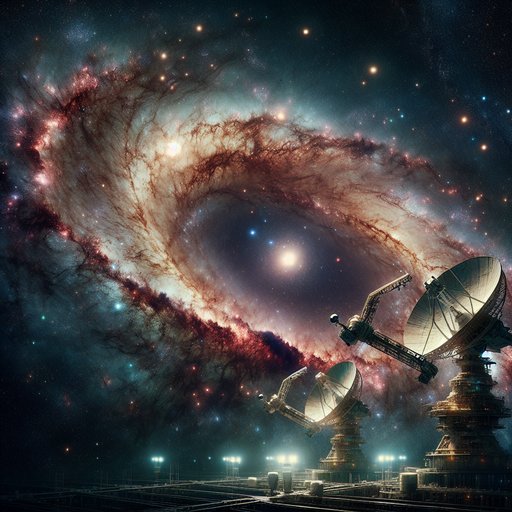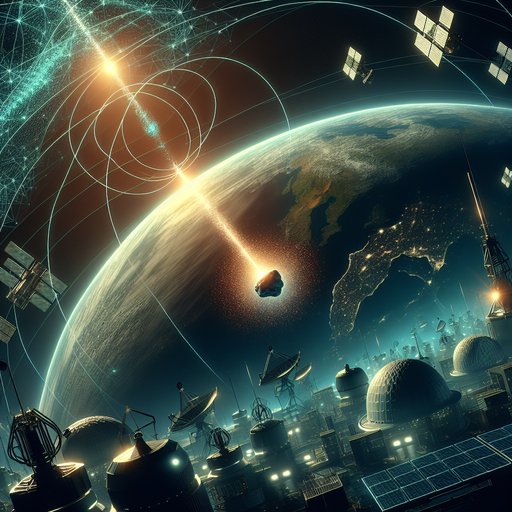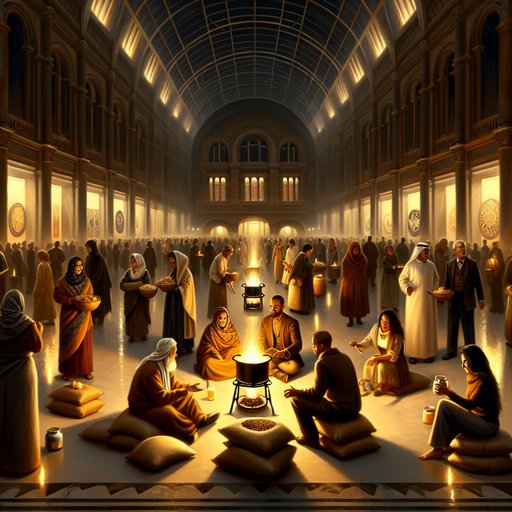
In a groundbreaking discovery, astronomers using European Space Agency (ESA) data have identified an enormous wave-like structure rippling through our Milky Way galaxy. This cosmic phenomenon is believed to be the aftermath of a dramatic collision between our galaxy and a smaller celestial neighbor [1].
The discovery highlights the dynamic nature of our cosmic neighborhood and provides new insights into galactic evolution. The wave structure, detected through careful analysis of ESA observational data, represents one of the most significant findings about our galaxy's structure in recent years [1].
Meanwhile, the James Webb Space Telescope continues to revolutionize our understanding of the cosmos. Recent observations have showcased remarkable examples of gravitational lensing, a phenomenon where massive celestial objects bend and magnify light from distant galaxies [2].
The Webb telescope has also captured an extraordinary 4K view of a supernova remnant, demonstrating its unprecedented capabilities in near-infrared observation. This detailed image provides valuable information about the life cycles of massive stars and their explosive deaths [3].
In related observations, the Hubble Space Telescope has made an unexpected discovery while hunting for supernovae in the spiral galaxy NGC 6000. Using specialized color filters, Hubble has revealed new details about stellar life cycles in this distant galaxy [4].
- ESA detects giant wave in the Milky Way, possibly from a collision with a smaller galaxy
- JWST compares gravitational lensing | Space photo of the day for Oct. 10, 2025
- James Webb Space Telescope: 4K Mind-Boggling View Of 'Exploded Star'
- Hubble went supernova hunting — and found something unexpected: Space photo of the week
























